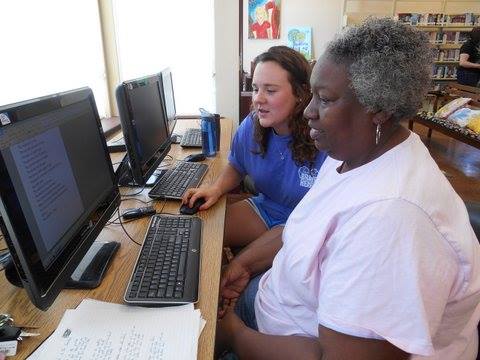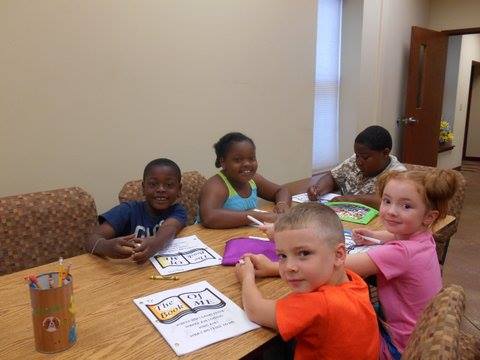Collinsville Shows Diversity
With a population reaching 2,000 people, Collinsville has the highest racial and ethnic diversity in DeKalb County. Of the population, 45 percent is non-Hispanic white, 9 percent African American and 43 percent Hispanic or Latino, with 3 percent from two or more races.
In light of this, I wondered if this community would be more polarized based on race or ethnicity. I have been assured that over time Collinsville has become modern and progressive, and the town is truly proud of its diversity.
“You want people to be able to come together and do things together, and we do that,” according to Margaret Goldthreat, assistant librarian at the Collinsville Public Library.
Goldthreat, who was born and raised in DeKalb County, said, “You don’t want a cold melting pot where everyone’s the same. Nobody fusses at anyone for doing anything or being different. Most people embrace it.”
She is proud that library attracts a diverse crowd to participate in events such as summer reading programs. Kids, she says, love everything the town has to offer, and “these days will participate but they’re so busy with sports—summer, winter, fall, all year round.”

Do people have enough opportunities to interact? We do—but the trick is finding something that interests everybody. The library hosts a good mix of the population, and the locals do participate in our reading programs, Quilt Walks, and plant sales. The town council regularly revisits this issue and is driven to create public places and spaces that welcome children and adults of all races and backgrounds, like parks, libraries, restaurants, and town events.
Goldthreat, while proud of the accomplishments, sees room for more progress. “The ethnic diversity for this small town is high enough so that we should have more cooperation in special events, celebrations, or just taking care of the city streets and volunteering.”
Local children and teens tell me that being involved in sports engages the entire community. The kids believe school sports represent and engage the entire community.
“All mixes of kids play football, baseball, and basketball, but the soccer team is almost strictly Hispanic,” Janice Newsome, a resident of Collinsville for over a decade, said. “Some sports are more stereotypically one race or ethnicity, but it’s a personal choice about what sport you do.”
I’ve experienced that the town is pretty tolerant of different backgrounds. While new cultures in Collinsville assimilate to a new lifestyle, longtime residents have become accepting.
Like elsewhere, there are predominantly white, black, and Hispanic churches. You can understand the Hispanic church being differentiated—it’s a language barrier. “But why do we have to distinguish the black church from the white church? What’s the barrier to be wary of there?” wonders Brenda Williams, a black woman who lives behind the predominantly white Collinsville Baptist Church.

Socio-economic divisions seem deeper than any racial divides. People seem to differentiate themselves and their neighbors based on their wealth—it seems to be a “small town truth.” You could divide the town into black, white, Hispanic—and within each you would see distinctions made having to do with where you work, the money you have, and the cars you drive. We tend to group ourselves into cliques based on material, educational and moral factors here and elsewhere.
Problems like these are rampant in towns both big and small. They are not difficult to pinpoint, but they are incredibly complicated to resolve. You can’t help the family you were born into or the beliefs they hold and pass onto you. Of course, you can challenge those beliefs and change your own, but it’s hard to have equality in certain realms when someone is starting ten steps ahead of you economically. You have to work that much harder to get the same result.
The best advise Collinsville residents seem to agree on is that it is best to cast a broad net and have friends that share your interests across economic, racial and ethnic lines.
Tags: Collinsville